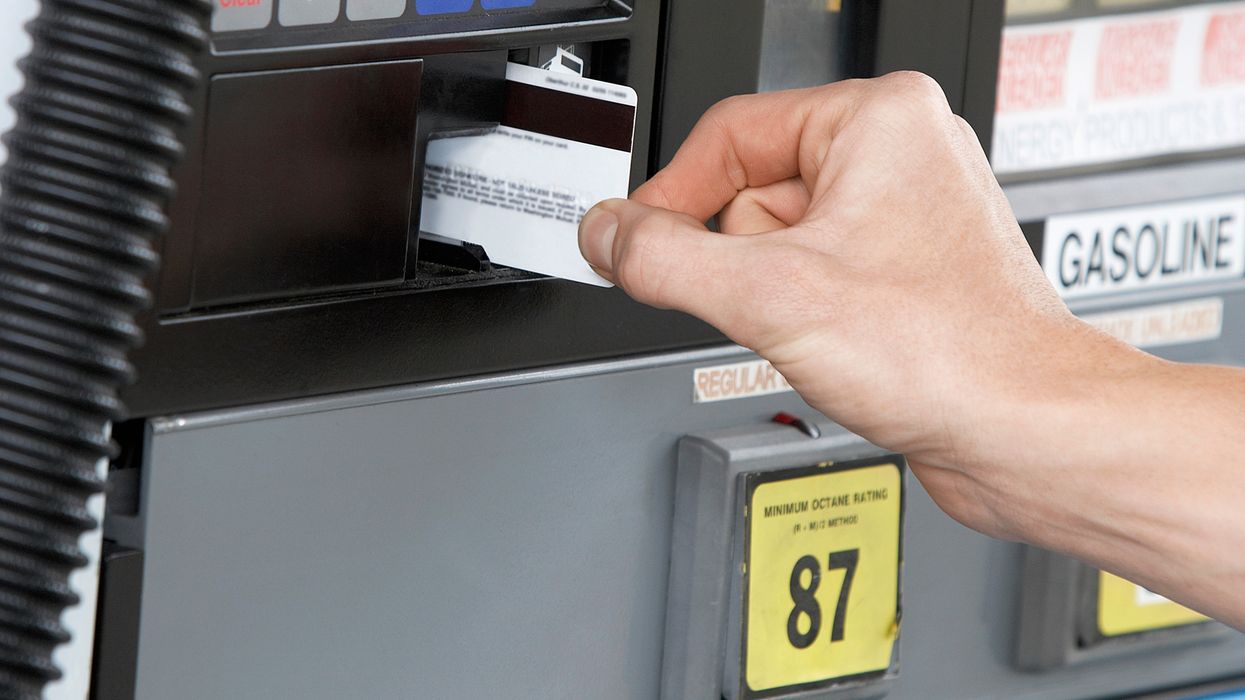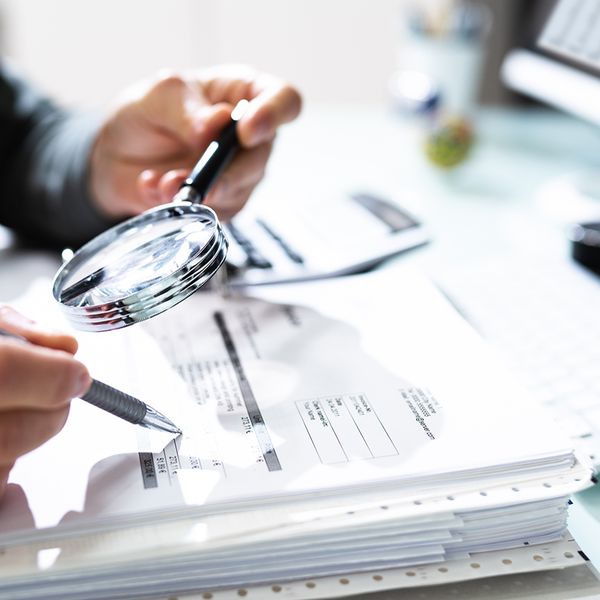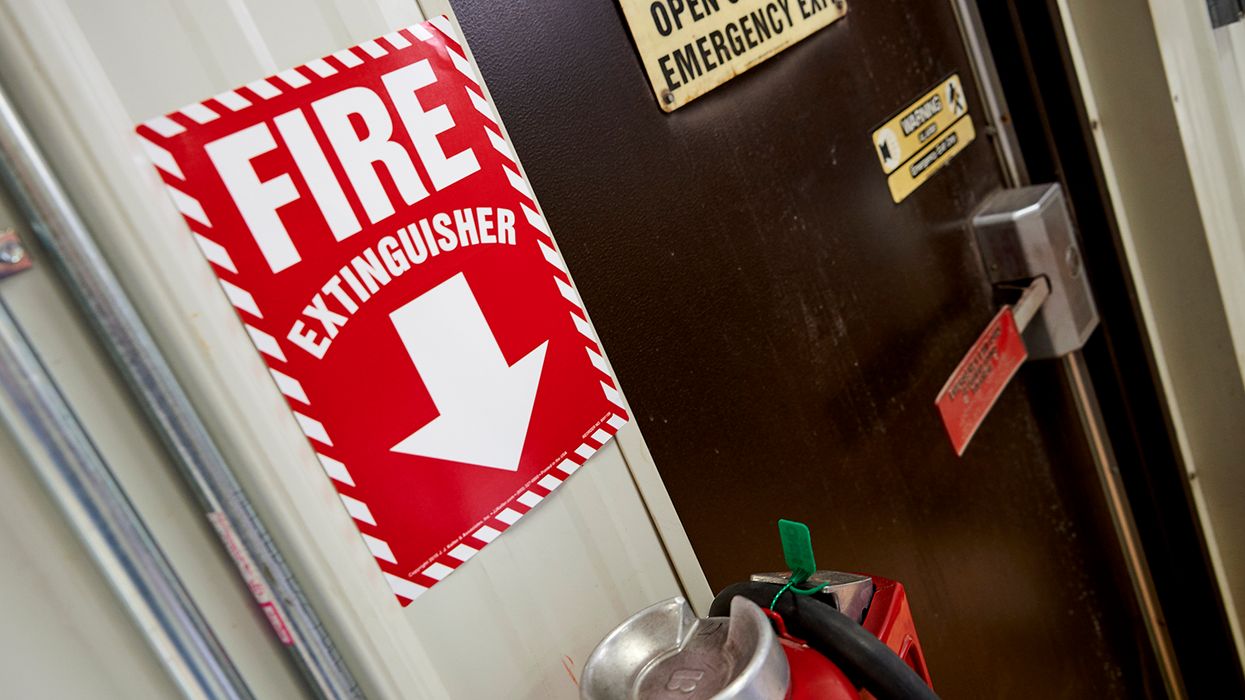Fuel cards and fraud: Are your accounts being skimmed?
Many carriers issue fuel cards to drivers, using technology to easily track fuel purchases for reporting and other purposes. However, fuel thieves have also become more sophisticated, installing skimmers on point-of-sale (POS) terminals at fuel pumps to steal credit and debit card information. This illegal activity costs the transportation industry millions of dollars every month.
Fuel pump skimming is still “a thing”
This issue is not new. However, despite efforts by numerous law enforcement agencies, payment card skimming devices continue to appear at fueling stations throughout the country.
Once a device is installed on a credit card reader, stolen data can be accessed remotely. Fuel pump skimmers are usually attached to the internal wiring of the machine and aren’t visible to the customer. The devices store data to be downloaded or wirelessly transferred later.
Skimming is common at gas pumps because they are typically unattended.
Criminals use the data to create fake debit or credit cards and then steal from victims’ accounts. Fleet fuel cards are especially desirable for criminals because of the higher limits on the accounts.
In recent years, skimming operations have become more complex, with larger losses due to new technology and ties to organized crime.
Tips when using a fuel pump
The Federal Bureau of Investigation (FBI) offers several basic practices that your drivers can use to reduce the risk of skimming:
- Choose a fuel pump that is closer to the store and in direct view of the attendant. These pumps are less likely to be targets for skimmers.
- Run your debit card as a credit card. If that’s not an option, cover the keypad when you enter your PIN.
- Consider paying inside with the attendant, not outside at the pump.
The Bureau also recommends using debit and credit cards with chip technology. In the U.S., there are fewer devices that steal chip data versus magnetic strip data. However, skimming has now evolved into shimming — using a device used to steal data from the chips on credit and debit cards — so the risk remains.
Monitor accounts and use available tools to secure transactions
There are also internal controls you can employ to secure your accounts and recognize when fraud is occurring:
- Set daily limits on gallons or dollar amounts for your fuel card accounts.
- Expect full accountability from drivers who are issued a card. Cut up or deactivate fuel cards of temporary drivers once their contract is up.
- Monitor vehicle location and tank capacity via ELD to spot suspicious activity on the card.
Many fleets use a dedicated fuel network, making it impossible to use the card to buy fuel anywhere else without someone in the home office approving the transaction.
Fuel card providers can often customize your account to increase security:
- Some systems can note the driver’s last fuel purchase, and if the next purchase is out of range (more than a thousand miles from the previous purchase, for example) the transaction needs authorization or the card won’t work.
- The system can require the driver to enter their ID number and mileage, and if the driver number doesn’t match up with the assigned vehicle or the mileage is outside of set parameters, the card will not work and the driver must call for authorization.
- The system can be set up so that if the card is used to buy fuel twice in a certain period (12 hours, perhaps), the purchase requires authorization.
You can work with your fuel card provider to set up a system that works for your specific operations.
Key to remember
Skimming at fuel pumps is still a threat to your bottom line. Keep an eye on your accounts, train your drivers, and use ELDs and other available tools to identify fraudulent activity.

















































